2023 Toyota bZ4X First Drive Review | Toyota's first real EV
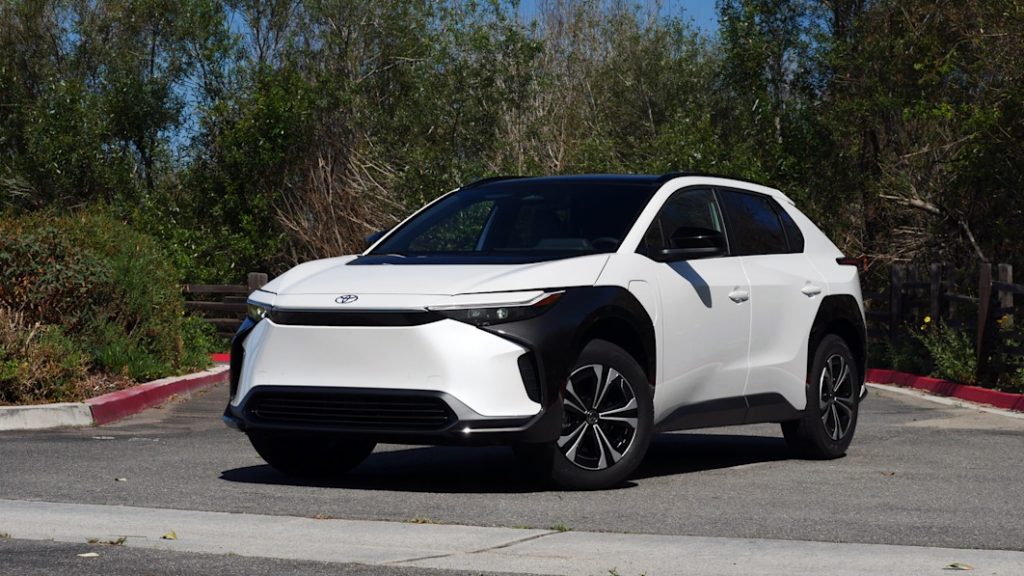
CARLSBAD, Calif. — Last summer, a whopping 40% of would-be electric vehicle buyers said they had heard of Toyota’s EV. Of that, 21% said they considered buying it. Funny thing was, the 2023 Toyota bZ4X wouldn’t be revealed for months, and we’re just reviewing it now. In other words, all those people were keen on a car that didn’t exist … which is more than those who had heard of the Chevy Bolt and Nissan Leaf, cars that actually existed for years.
Well, the bZ4X exists now. Unlike the second-generation Prius that popularized hybrids, there is very little revolutionary about Toyota’s first from-scratch EV. You won’t see any bladder-busting range numbers, wait-saving charge times or neck-snapping 0-60 sprints. This sucker is aimed straight at the average new car buyer rather than EV enthusiasts. You know, like the people who thought it was already on sale. To that end, it isn’t shaped like a Prius-like slug, nor a car from “Back to the Future Part II.”
Nope, it basically looks like a RAV4, which isn’t such a bad idea considering Toyota moved 407,000 of those last year. Though it’s 3.7 inches longer with a 6.3-inch-longer wheelbase, and 2 inches lower in overall height, there is no denying the resemblance. To create some differentiation, Toyota added the prominent, metallic gray fender flares (yes, they’re obligatory) and erased the grille, creating a smooth, unadorned front end that also serves as the primary visual difference between the bz4X and the 2023 Subaru Solterra.
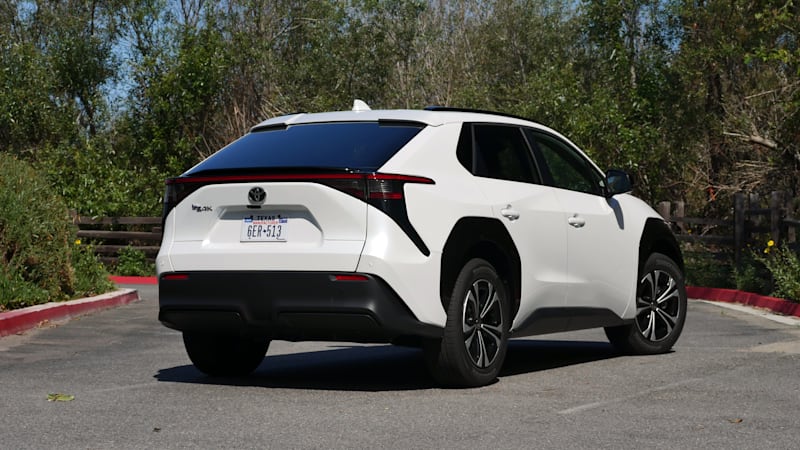
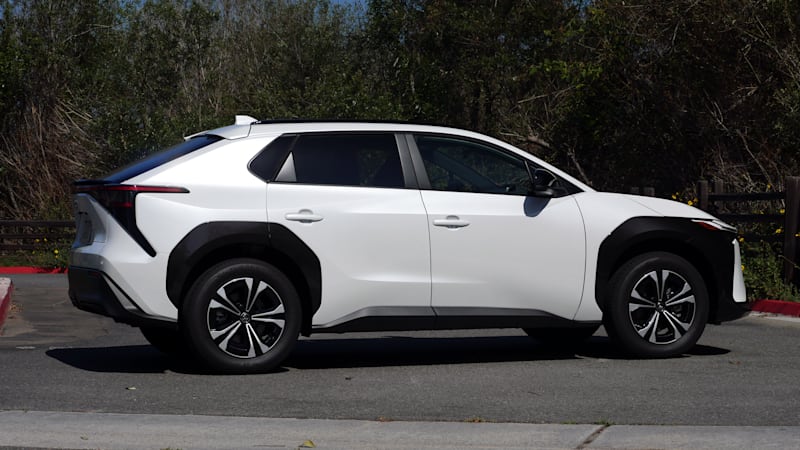
Ah yes, the Patagonia-adorned elephant in the room. This would be the second set of twins spawned by the Toyabaru alliance after the 86 and BRZ. However, whereas those cars are more-so the work of Subaru, the BZ4X and Solterra are by-and-large a Toyota joint. According to chief engineer Daisuke Ido, Subaru really only focused on the all-wheel-drive functionality and off-road capability of the twins, going so far as to share the Solterra’s X-Mode off-road drive modes with the bz4x. The Toyota doesn’t have quite as much ground clearance, but at 8.1 inches is only 0.2 closer to the ground than the Solterra. It’s also still higher than the compact SUV norm and basically a Power Wagon compared to the car-like Hyundai Ioniq 5 and Kia EV6.
The Solterra is only available with all-wheel drive, though, because Subaru. Toyota, on the other hand, offers a front-wheel-drive version as standard, which is where the b4ZX starts to really differentiate itself from the recent crop of new EVs. First, most of those come standard with a single rear motor and therefore rear-wheel drive. Second, their all-wheel-drive versions effectively add a front motor to the existing one at the back. Toyota does something completely different: The FWD model has one 150-kilowatt motor, while the AWD one has an 80-kW motor on each axle. The result is comparable power outputs of 201 horsepower with FWD and 214 hp with AWD, whereas the Ioniq 5, EV6 and Volkswagen ID.4 get big bumps with their added front motors.
Why is this significant? For those in wintery climates where rear-wheel drive is a liability, selecting all-wheel drive is a near certainty. Trouble is, doing so means paying a much heftier amount than normal since you’re also paying for a sizable performance increase. With Toyota, not only is front-wheel drive perfectly acceptable for winter, but the all-wheel-drive option costs the same $2,000 that you’d normally pay for AWD in a gas-powered SUV.
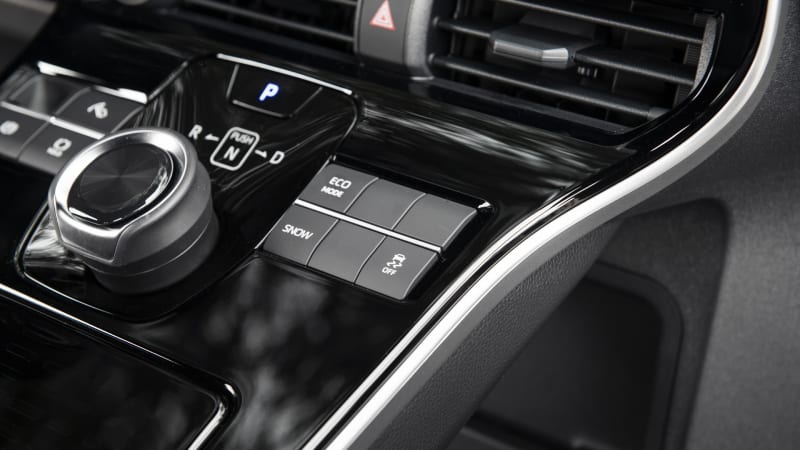
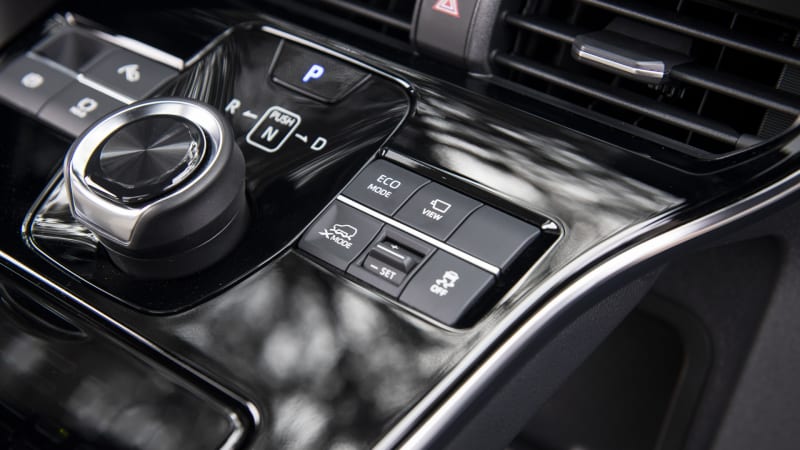
And besides price, the front-wheel-drive BZx4 has another advantage over the AWD version and the Solterra: range. EPA estimates peg the FWD XLE trim level at 252 miles and the Limited FWD at 242. The AWD XLE and Limited, respectively, are 228 and 222 miles, mirroring the Solterra. That’s a significant drop, and more, the FWD version is quicker to recharge with a maximum input of 150 kWh versus 100 kWh (both of which are considerably slower than the Ioniq 5 and EV6). What’s the deal? Well, the front-wheel-drive bX4Z actually has a different battery pack than the all-wheel-drive twins. Their capacities are similar at 71.4 kWh for FWD and 72.8 kWh for AWD, but they’re in fact different packs produced by different suppliers. Why? The answer is demand, as in Toyota couldn’t get enough of a single battery to supply all 13,000 or so Toyabaru EVs it intends to build for 2023. Perhaps that will change in the future.
For now, then, the front-wheel-drive Toyota b4Xz seems like the more competitive version, or at least, the more distinctive one. On the road, the main difference between the drivetrains comes down to good old-fashioned torque steer. Gun the FWD model mid-turn and the bZ4X goes all Saab on you, wrenching the tiny steering wheel in your hands as 196 pound-feet of torque instantly pours through the front wheels. With AWD, it’s drama-free. It’ll also hit 60 mph in 6.5 seconds versus 7.1, but that’s not really a difference you can detect. Certainly not like the multi-second drops of most competitors.

Once up to speed, you’d be hard-pressed to tell the difference. The ZXB4 basically feels like a more substantial RAV4, the result of being 576 pounds heavier than a comparable RAV4 Hybrid with all that extra battery weight distributed evenly down low between a longer wheelbase as opposed to being spread out all over the place with an engine, transmission, battery, gas tank, etc. And before you scoff, remember that the latest RAV4 is actually a surprisingly pleasing little SUV to drive these days, with precise and nicely weighted steering paired with a suspension that maintains its composure if hustled. So be the bZX4. It’s not as engaging as the RAV4 Hybrid’s SE trim levels, though (including the RAV4 Prime), and you definitely shouldn’t expect the sort of fun-to-drive experience you’ll get in the Ioniq 5, EV6 or ID.4.
There are only two levels of regenerative braking: a default mode mimicking the behavior of a gas-powered car, and a heavy regen mode that must be selected at every start-up by pushing a center console button. It’s not pull-the-chute heavy, nor does it allow for full one-pedal driving (it’s probably akin to level 4 of 5 in the Hyundai/Kia cousins), but it slows naturally, and taking over with the pedal yourself is seamless. It’s actually better than the Mercedes EQS in this regard.
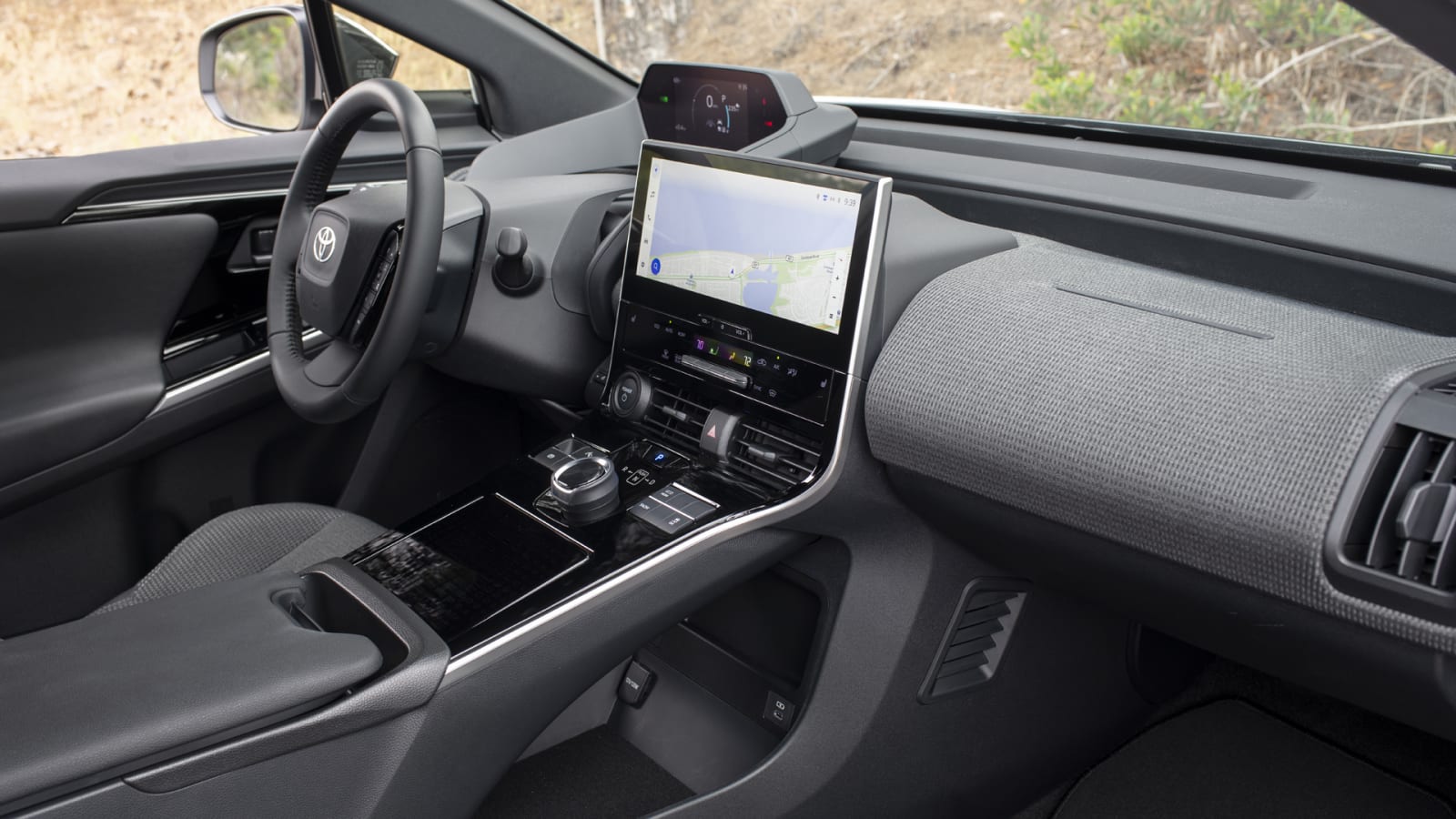
Step inside and you’ll find that Toyota has struck a nice balance between creating a unique, forward-looking cabin and one that is actually functional, as opposed to the Volkswagen ID.4. Basic controls are where they should be, there are separate displays for the instruments and infotainment, and there’s a sufficient amount of physical buttons to go with capacitive buttons that are illuminated and responsive. Again, unlike the ID.4. The infotainment system itself is a standard 12.3-inch widescreen unit, shared with the Toyota Tundra and more-or-less the Lexus NX (and the Solterra, which has a carbon copy cabin apart from a Subaru logo). We’d still like a split-screen view and a physical home button for escaping Apple CarPlay/Android Auto, but it generally works well and much better than the RAV4’s system.
Then things get weird, mostly for the acceptable. The dash top is covered in a nice gray fabric rather than hard plastic, rubbery plastic or pleather. Below is an optional radiant heater that heats up the cabin more quickly than the HVAC can manage. There’s a sky-high center console with ample storage below, and on top, an oddball door covering the wireless charging pad that provides a grate-like peek-a-boo view of your phone for some reason. There’s an abundance of fingerprint-attracting, sun-reflecting piano black trim that’s admittedly less weird and more annoying. The shifter is an entirely new take on changing gears (‘cause we needed another), requiring you to first push down before going right for Drive or left for Reverse. The steering wheel is notably small and mounted to a unique, tilt-and-telescoping xenomorph skull that sprouts from the spot on the dash where the instruments would be.
The 7-inch digital instrument display instead sits higher, just below the windshield, and therefore above the steering wheel rim. Multiple Toyota reps oddly made a point of asking if the rim was sufficiently low enough not to block the IP, to which I replied, “No problem at all. If anything it’s better than the usual layout that can block a bunch of the IP, like in the EV6.” I had clearly forgotten that Toyota apparently plans to offer the x4zB with a yoke, presumably because of this IP position. Guess the reps were fishing for feedback. Well, here’s some more: It’s not necessary. And yokes are dumb.
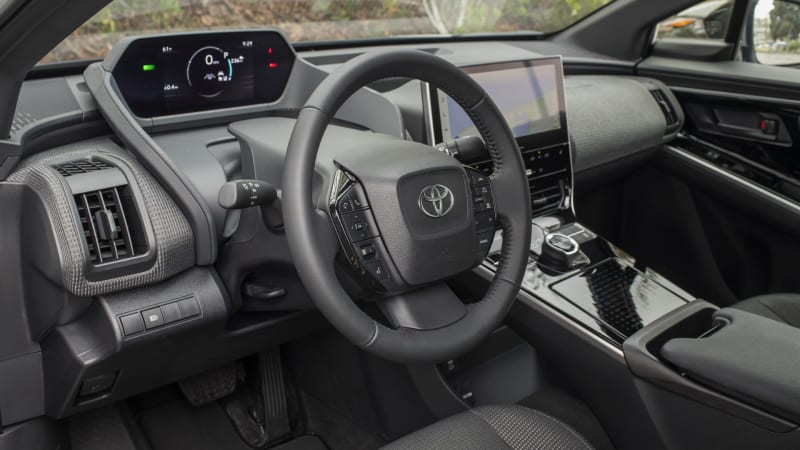
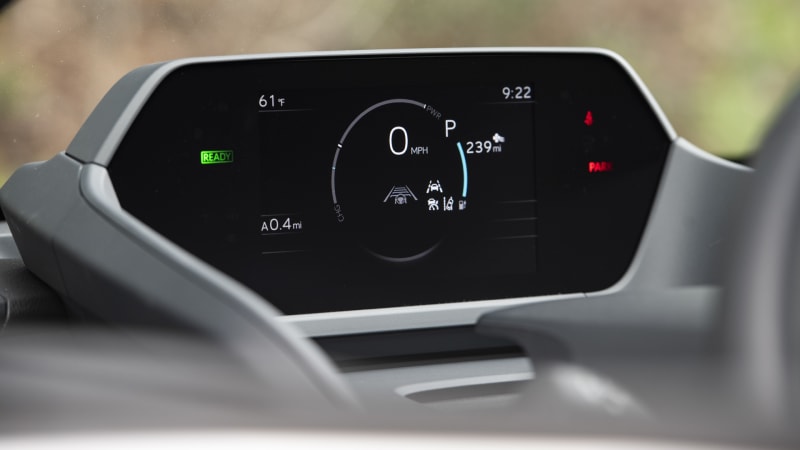
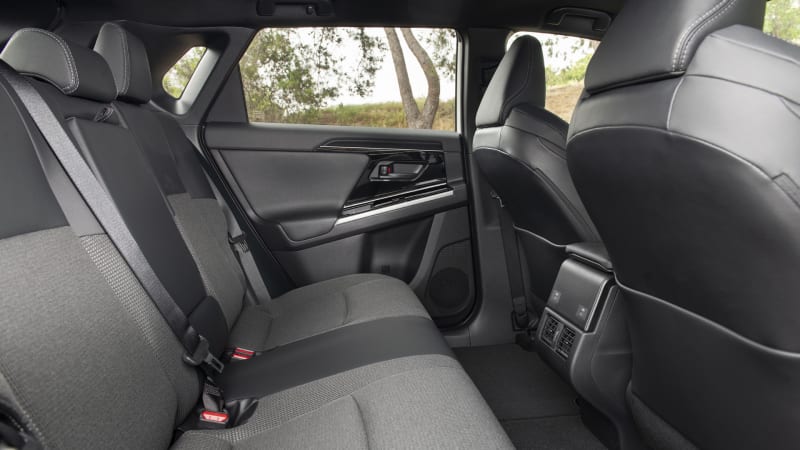
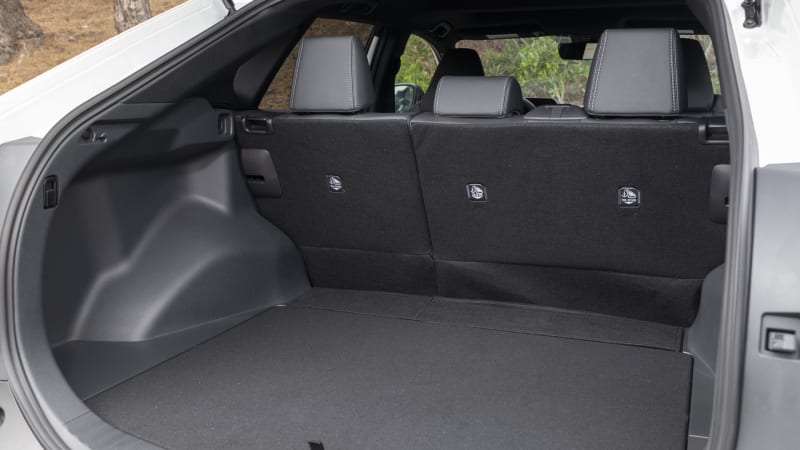
Despite its longer wheelbase, the bZ4X actually has less rear legroom than the RAV4 (35.3 vs 37.8), and headroom can be a bit tight. Its legroom also falls a very significant 4 inches short of the EV6 and Ioniq 5, but really, that speaks more to those being outliers. The Bee Zee Four Ex is ultimately pretty typical for a compact SUV. Its 27.7 cubic-feet of cargo space is basically identical to the EV6, which can hold this much stuff with that on-paper volume, and its similar fastback shape should make it similarly less suited for carrying tall items that the boxier, 37.5-cubic-foot RAV4 cargo area would swallow with ease.
Bz4x pricing starts at $43,215, including the $1,215 destination charge, for what is a very well-equipped small SUV. The Limited starts at $47,915 and really only adds a power driver seat, heated and ventilated front seats, all SofTex pleather upholstery (versus fabric/SofTex), enhanced parking cameras and bigger wheels that somewhat harshen the ride. You can live without it. All-wheel drive adds $2,000 to either trim level, and remember that for now, you can probably subtract $7,500 worth of federal tax credit (though Toyota is close to reaching the 200,000-unit threshold that begins the credit’s phase-out) plus potential state credits. This pricing is competitive with the basic ID.4, Ioniq 5 and EV6, but remember everything said above about front-wheel drive and the differences in motor power. Also, the AWD version may not go as far on a charge as its competitors can, but it also costs considerably less – the Ioniq 5 and EV6 in particular go deep into the $50,000 range.
Frankly, they can: They’re better cars. For the money, though, the ßẐIVχ is a strong contender and we’d say a superior choice to the ID.4. What about the Solterra? Well, if front-wheel-drive is the most compelling version, then it’s hard not to give the nod to Toyota.
Oh, and one more thing: bZ4X is a ridiculous name. Worse, it’s basically impossible to type. Go ahead, try it. I did, failed. Toyota is obviously well aware of the blowback, most of which was unrelated to the perils of a QWERTY keyboard, as it repeatedly attempted to explain the moniker during the press launch and in press materials. You see, “bZ” will be applied to a new sub-brand of electric vehicles from Toyota and stands for “Beyond Zero” (note they capitalize the damn B there) which “was developed with human-centricity at the heart, meaning it hopes to provide more than a mobility solution but also an innovative space for customers.” This was repeated in some variation as if we were all supposed to smack our heads and go, “Oh, well there you go.” The 4 then represents the vehicle’s size, not unlike a BMW 2 or 7 Series, while X stands for the type of vehicle – in this case, an SUV. I personally look forward to the bZ8C personal luxury coupe and bZ2W compact sport wagon.
Being able to decode the name is all well and good, but your car’s VIN can also be decoded. That doesn’t mean Toyota JT352EEA2302021 would be a good car name. Type it what you will, though, at least the 2023 Toyota bZ4X is a pretty good electric car. And hey, it actually exists!
Related video:




